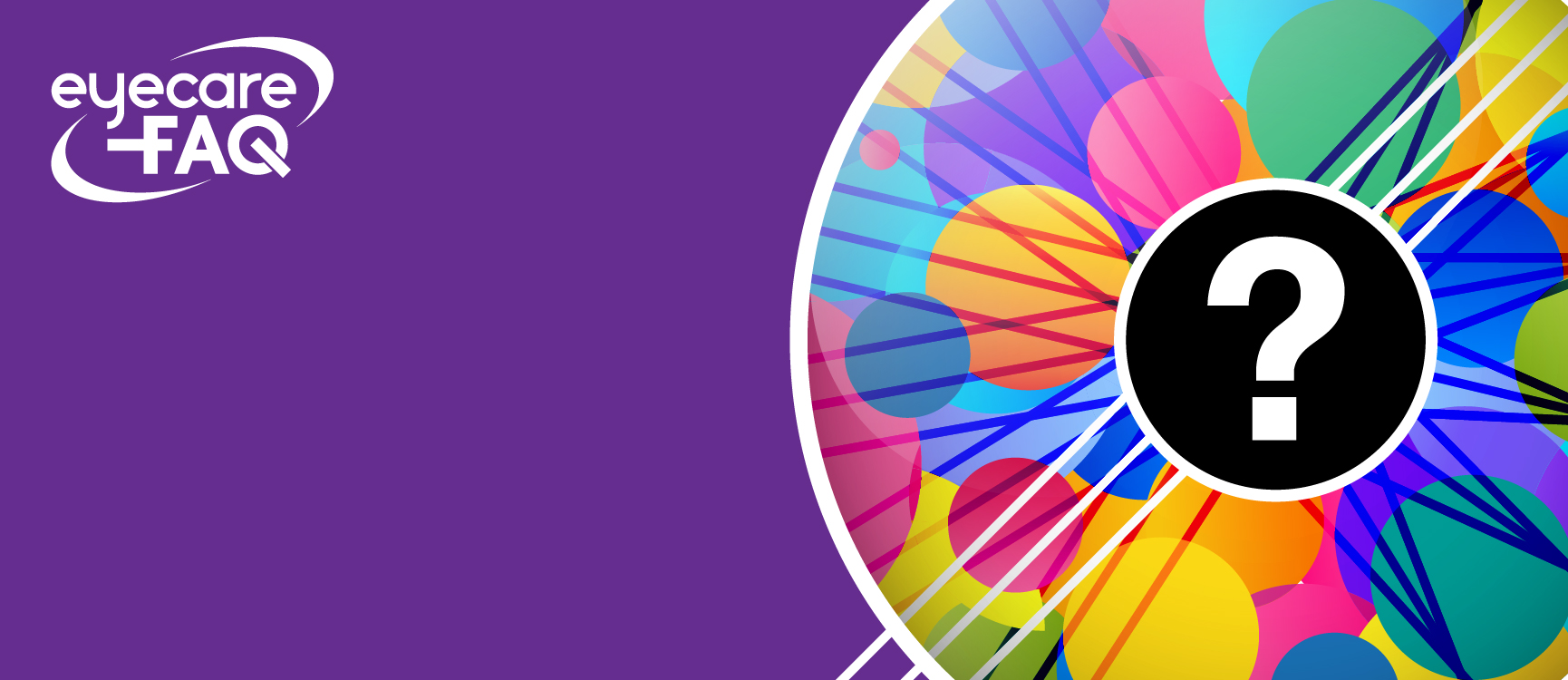What is a refractive error?
Refractive errors are caused by irregularity in the size and shape of the eye. Vision can be blurred as the eyes find it difficult to focus on images.
Refractive errors are the most common type of vision problem.
Which eye disorders are caused by refractive errors?
Refractive errors include:
What is myopia?
Myopia is another word for short-sightedness. People who are myopic struggle to see things at distance. With high myopia you may only be able to see clearly a few centimetres in front of you. This can be remedied with glasses, and many myopes also like contact lenses.
It affects 1 in 3 people in the UK. Myopia is more than twice as prevalent among UK children now compared to in the 1960s. Myopia is most likely to develop between 6 and 13 years of age.
What is hyperopia?
Hyperopia is another word for long-sightedness. People with hyperopia can see distant objects clearly, but has difficulty focusing on objects that are up close. This can be corrected with spectacles or contact lenses.
What is presbyopia?
Presbyopia is age-related long-sightedness, which affects your ability to see things close up. It happens when the lenses inside your eyes lose flexibility. This can be corrected with reading glasses or contact lenses.
What is astigmatism?
Astigmatism is very common and generally nothing to worry about. It describes when the eye is rugby ball shaped rather than round. The majority of people have a small degree of astigmatism which causes no problems. If you wear glasses, you can be long or short sighted and also have astigmatism. The astigmatism will be taken into account in your spectacle prescription. A higher degree of astigmatism can cause blurred vision and you will need to wear glasses to correct it. It can occur in one or both eyes.
What are the symptoms of a refractive error?
The symptoms of a refractive error can include:
- blurred vision
- headaches
- eyestrain
- trouble focusing when reading or looking at a computer
- squinting
If you have any of these symptom make an appointment to see your optician.
Who is at risk of refractive errors?
You are at a higher risk if you have family members who wear glasses or contact lenses.
Myopia is most likely to occur in children and presbyopia is most likely to occur in adults over 40.
It is important to have regular sight tests whatever your age, if you have any concerns about your eye sight make an appointment to see your optician.
How is a refractive error diagnosed?
Refractive error is diagnosed during routine eye tests. During your eye test the optometrist will ask you to read letters on a chart and use different lenses to see how much your vision can be improved for distant and near objects.
How is refractive error treated?
In most cases refractive error can be treated with glasses or contact lenses. In some cases, laser eye surgery can help.

